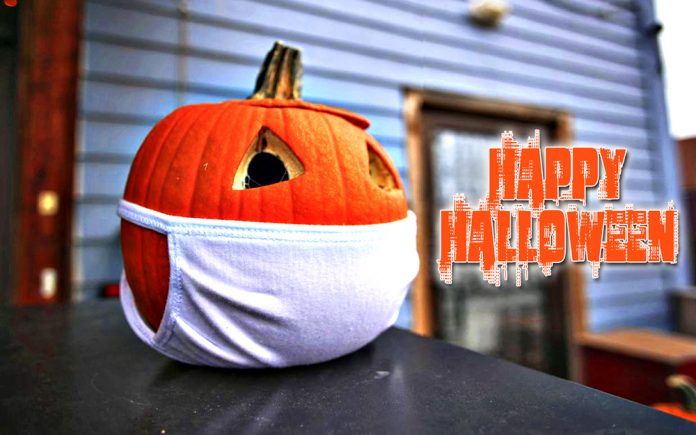
By Fire Chief Sam DiGiovanna
“Many traditional Halloween activities can be high-risk for spreading viruses. There are several safer, alternative ways to participate in Halloween,” says the CDC’s website. “If you may have COVID-19 or you may have been exposed to someone with COVID-19, you should not participate in in-person Halloween festivities and should not give out candy to trick-or-treaters.”
Ahead, get a look at what the CDC considers to be low, moderate, and high-risk Halloween activities.
Low-Risk Halloween Activities
Understandably, parents should avoid having their children participate in activities that involve large groups or throwing their Halloween bash. Here is what the experts recommend kids do instead:
Carving or decorating pumpkins as a family
Carving or decorating pumpkins outside, at a safe distance, with neighbors or friends
Decorating your home for the holiday
Doing a Halloween scavenger hunt where children are given lists of Halloween-themed things to look for while they walk outdoors from house to house
Having a virtual Halloween costume contest
Having a Halloween movie night with people you live with. (Here’s a list of kid-friendly Halloween flicks to stream!)
Having a scavenger hunt-style trick-or-treat search with your household members around your home
Moderate-Risk Halloween Activities
Socially-distanced outdoor activities are the name of the game this year. Here is what else falls into the moderate-risk category:
Participating in one-way trick-or-treating where individually wrapped goodie bags are lined up for families to grab and go while continuing to social distance (like at the end of a driveway or at the edge of a yard). If you are preparing goodie bags, wash your hands with soap and water for at least 20 second before and after preparing the bags.
Having a small outdoor costume parade where people are distanced more than six feet apart
Attending an outdoor costume party where protective masks are used, and people can remain more than six feet apart. And FYI, parents: a Halloween costume mask is not a substitute for a cloth mask. A mask that’s part of your child’s Halloween costume should not be used unless it is made of two or more layers of breathable fabric that covers the mouth and nose and does not leave gaps around the face. Additionally, no one should wear a Halloween mask over a cloth face mask, as it can be hard to breathe. Parents should use a “Halloween-themed cloth mask” instead.
Going to an open-air, one-way, walk-through haunted forest where masks and social distancing are enforced
Visiting pumpkin patches or orchards where people use hand sanitizer before touching pumpkins or picking apples, where masks and social distancing are enforced
Having a socially-distanced outdoor Halloween movie night with local family friends
Higher-Risk Halloween Activities
Although some parents have come up with clever, contactless ways to hand out Halloween candy, the CDC says trick-or-treating might be difficult to do safely amid a global pandemic. To prevent the spread of COVID-19, the CDC recommends avoiding the following Halloween activities this year:
Participating in traditional trick-or-treating where treats are handed to children who go door to door
Having trunk-or-treat where treats are handed out from trunks of cars in parking lots
Attending crowded indoor costume parties
Going to an indoor haunted house where people may be crowded together and screaming
Going on hayrides or tractor rides with non-family members
Traveling to a rural fall festival that is not in your community
SOURCE: Center for Disease Control https://lnkd.in/gFy2EXe
*Note: The information in this article was compiled from various sources. These suggestions are not a complete list of every preventative or loss control measure. The information is not intended to replace additional safety manuals or the advice of another qualified professional(s). We make no guarantee of results from use of this information. We assume no liability in connection with the information nor the suggestions made.












































